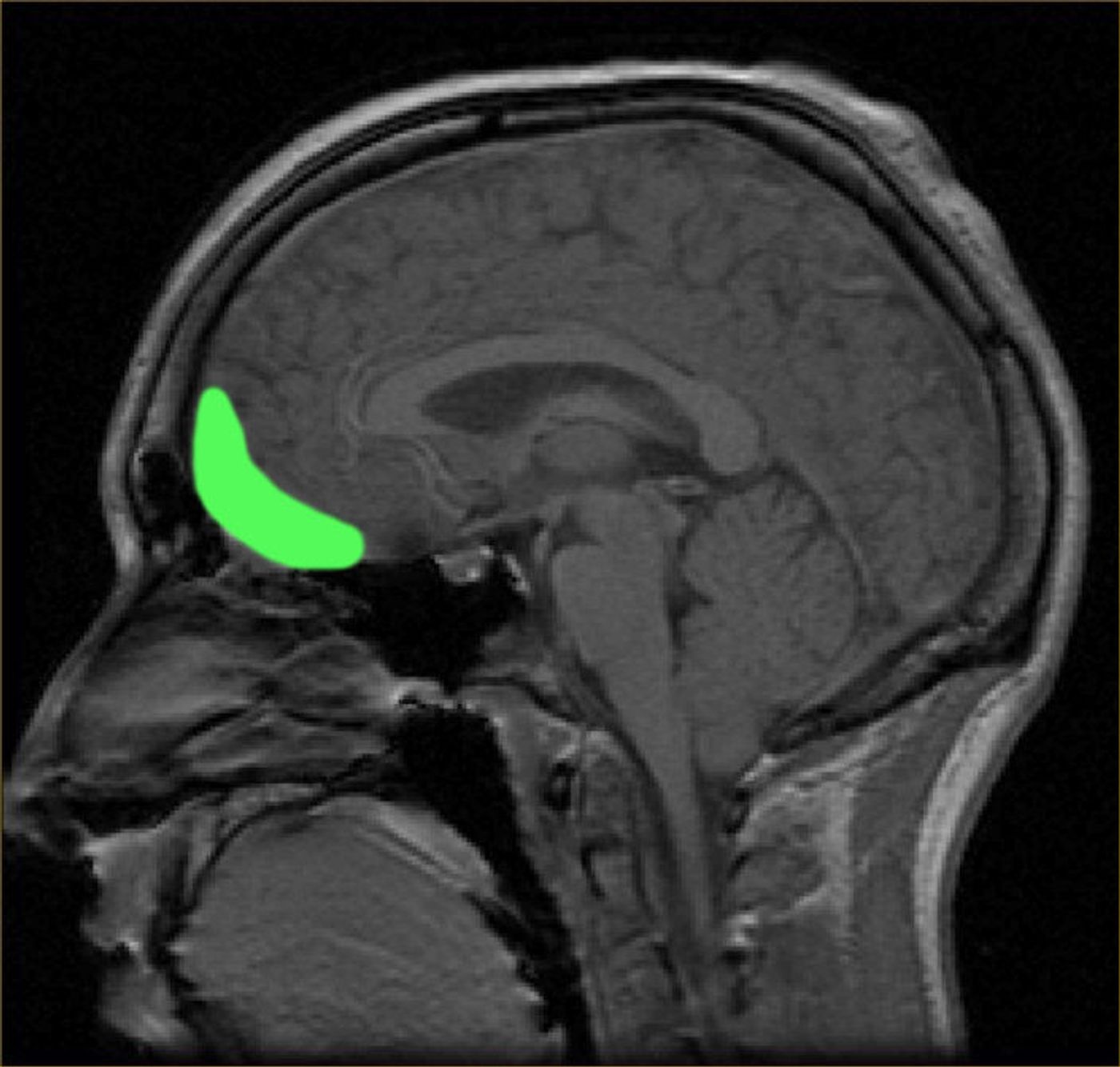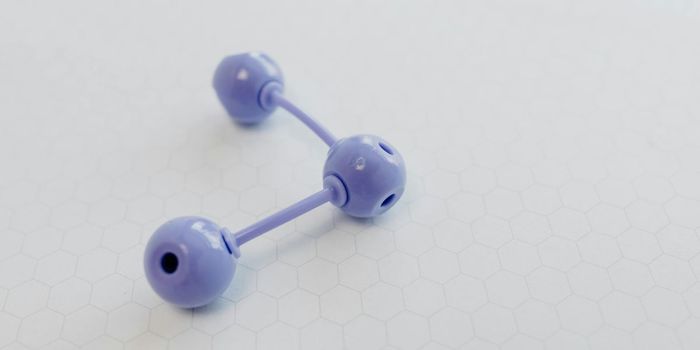The field of neuroeconomics combines psychology, economics, and neuroscience to get a more comprehensive picture of human behavior and decision-making. From this research, we now know that the orbitofrontal cortex (OFC) plays a key role in good-based economic decisions.
Previous research has shown that individual neurons in the OFC represent the identities and values of goods, but how does this translate to different behavioral contexts which could involve an infinite amount of goods? A recent paper published in
Nature Neuroscience sought to understand this balance between flexibility and stability in the OFC decision circuit. The OFC decision making circuit has to be flexible to account for a potentially infinite amount of goods, but also be stable and consistent across different behavioral contexts. In order to “shed light onto how the decision circuit reorganizes across behavioral contexts,” Jue Xie and Camillo Padoa-Schioppa from Washington University in St. Louis recorded the activity of OFC neurons in rhesus monkeys while they made a decision.
In these experiments, monkeys had to make a decision between two kinds of juice. Each type of juice was presented as a symbol on a computer screen and the monkeys made their selection with eye movement. The experiment consisted of two blocks with the monkeys deciding between juices A and B in block one and juices C and D in block two. What Xie and Padoa-Schioppa saw was that neurons encoded the same variable across the two test blocks. Each juice is associated with three variables: the subjective value of the individual good (Offer Value), the choice outcome (Chosen Juice), and the subjective value of the chosen good (Chosen Value). A neuron that encoded the Offer Value of juice A in block one encoded the Offer Value of juice C in block two. The same neuron encoded the Chosen Value in both blocks as well. This is very interesting because it suggests that the underlying circuit does not change as the context changes. They also saw that neurons that encoded the preferred juice in block one also encoded the preferred juice in block two.
Xie and Padoa-Schioppa performed another experiment to determine if the sensory input (taste) from the juice was affecting how the decisions were encoded. To test this, the experiment was very similar, except that instead of a A:B, C:D design, the two blocks were A:B, C:A, with A being preferred over B and C being preferred over A. In accord with the results they saw earlier, the neuron that encoded the preferred juice in block one also encoded the preferred juice in block two. Neurons that encoded the Offer Value “remapped” according to the preference ranking of the juice instead of the actual juice identity.
These results point to a decision circuit that is stable in its organization but flexible in its encoding of identities. The individual neurons maintain their function in the decision circuit as the context changes, but they remap onto an available good in the current behavioral context. This is an interesting insight into how decisions are encoded in the brain. Hopefully future work will determine how a given neuron is assigned to a function in the decision circuit.









